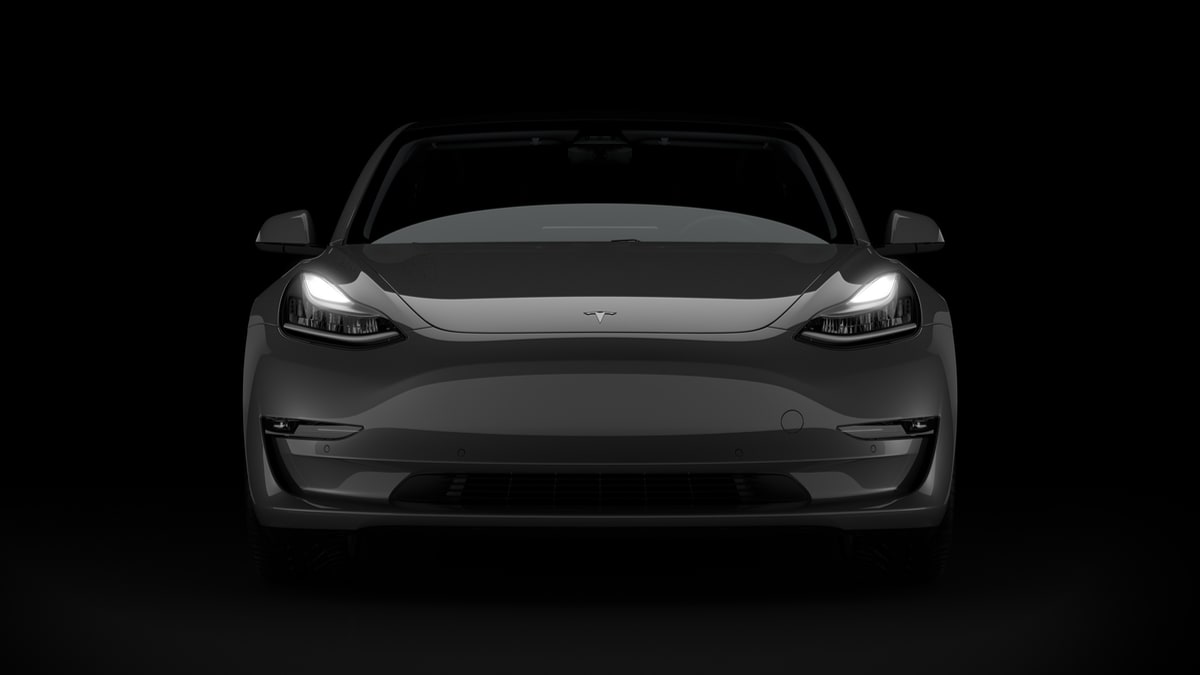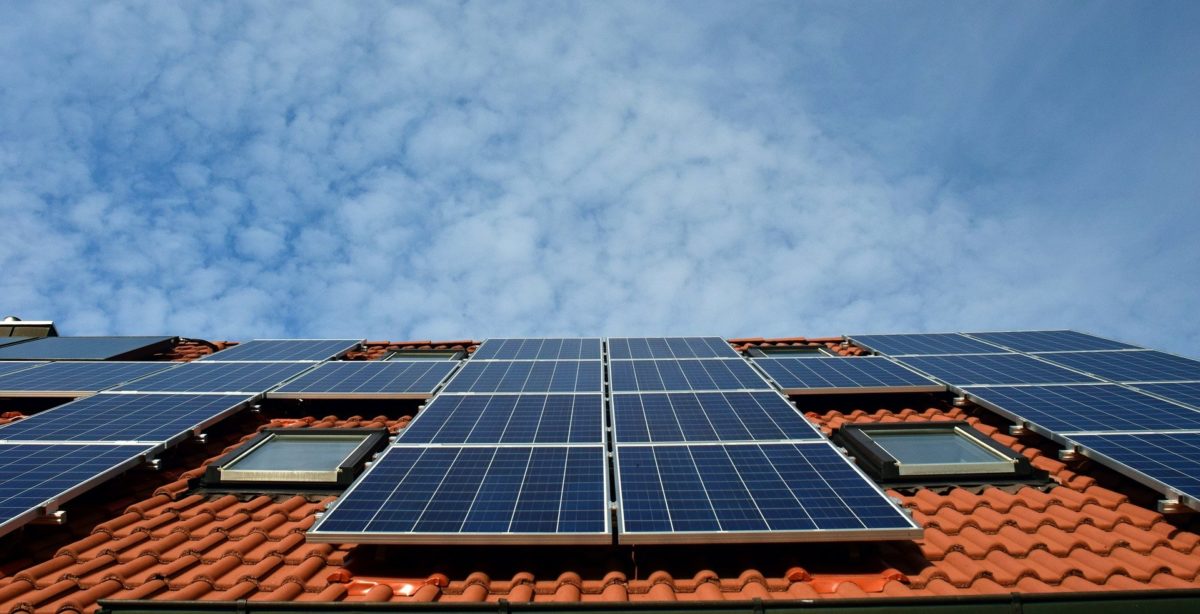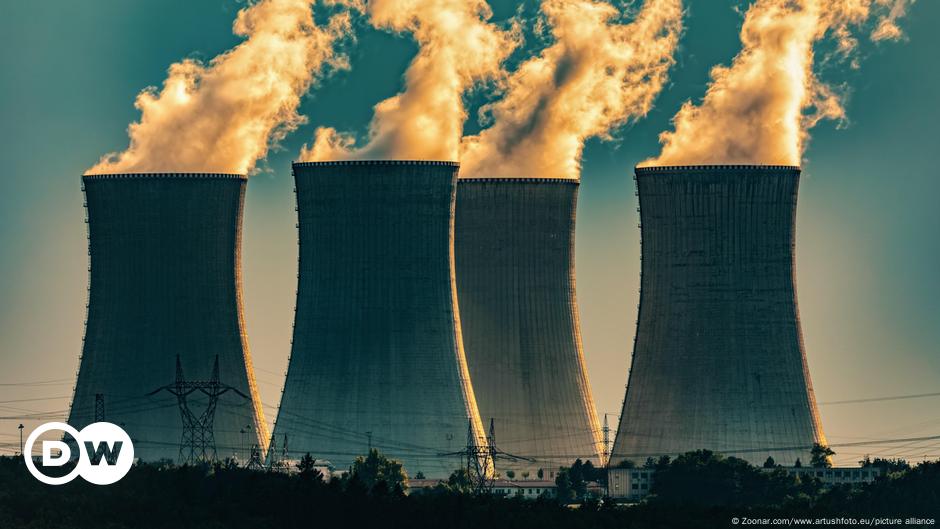Thanks for the thoughtful response
@Bobfitz1 - Several of your comments which I highlighted are a great segue into a broader discussion of the Diablo Canyon vs Renewable argument, and perhaps to help untangle the 'Nuclear is Good for the Climate' concept a bit since the media has gone all-in on nuclear in the last year or so.
For those who don't routinely follow Mark Jacobson, my post of his criticisms of Diablo Canyon unfortunately made it difficult to understand his perspective in the larger context of just where renewable energy capacity could-and-should be already in California. My apologies for that. Diablo Canyon is becoming a great metaphor for the policies and PG&E protectionism that have delayed and deterred renewables in California. Mark's point in arguing Diablo Canyon and Renewables IMO is that we
must do better and we
must think bigger and we
must act more quickly. Diablo Canyon represents a failed approach compounded by failed policy. And by pointing a finger at Diablo Canyon, we are pointing a finger at much more than a single nuke plant.
It is fair to argue the potential merits of continuing to operate an existing nuclear power plant until there is sufficient Renewable sources to fully displace it IMO. However, the bigger point being made in that discussion IMO is that Diablo Canyon's life is being extended because California failed to prepare for this moment.
Batteries don't just come in Tesla Megapacks. And that's a good thing for the Planet. If PG&E was as forward thinking as Vermont's Green Mountian Power, they would be incentivizing the installation of Powerwalls and other storage in every customers home and small business. And those batteries would be charging from roof top solar on each of those buildings. And that solar would be incentivized at the Federal and State level, and would furthermore receive very favorable net metering opportunities for the Distributed Grid stability and reliability it would add to PG&E's current train wreck. But instead, residential and small commercial solar and storage is a perceived threat to the existing paradigm in California, with Grid operators insisting they need to own and control large-scale generation sources to stay relevant. And they are successfully doing so by lobbying for the implementation of net metering policies that are literally slowing California's solar and storage growth so much that this year Texas will install twice as much solar capacity as California while Californians debate whether residential solar projects can even be practical. This is not good for California residents and rate payers. This is not good for future California solar and storage adoption rates. And this is certainly not good in the larger transition away from fossil fuels in the larger Climate fight. And like many of us here on TMC, Mark Jacobson is not pleased about this either.
Reactions to the passage of NEM 3.0., a rulemaking procedure that reduced rooftop solar export payments by 75%.

pv-magazine-usa.com
Washington and Oregon have failed to prepare for this day as well, which means the West Coast Grid has not prepared adequately for this day either. As I have pointed out before, WA Gov Jay Inslee's hydroelectric protectionist position was quite clear in his Op Ed letter in the San Francisco Chronicle where he specifically targeted California solar growth being wheeled on the same grid as Northwest hydro. I should point out that many NW hydro plants are under the microscope in a similar way at a similar time in their planned lifecycle, with deferred maintenance needs and environmental concerns always just below the surface. The NW desires the ability to sell hydropower on the southern end of the West Coast grid while CA has the potential of sending clean solar north on those same lines instead. The West Coast Grid was upgraded at significant cost after the Enron crisis opened a new market for NW hydro in Southern California, and a massive amount of money was spent to upgrade the grid to support continued NW hydropower sales to the neighbors in the south, however it seems nobody ever thought about the ability for energy to flow north on that same grid at the time. And it also seems like the Northwest would prefer California not grow its solar and storage potential too quickly, or it might be displacing more expensive NW hydro and NW natural gas plants. And that wouldn't make Warren Buffett too happy.
Op-Ed in San Francisco Chronicle: California should collaborate on power grid As governor of Washington state, I’ve traveled around the country and around the world and have been encouraged at the momentum that’s building for climate action and the recognition of the West Coast states as climate lea

www.governor.wa.gov
And then there are the concerns beyond CO2 that don't get too much play in the media anymore, and thus unfortunately result in a view that nuclear is much more climate friendly as a result. Nuclear plants make hot water hotter to power a steam cycle, and they do this by generating less CO2 than fossil fuel plants - which is the appeal on the surface from a Climate perspective. But nuke plants typically only achieve about 33% efficiency in the process. On a bright note, that could mean that 2/3rds of the heat generated could still be available for other uses - i.e. District Heating Systems in northern climates. But that almost never happens. And Diablo Canyon is in Southern California. And it draws 100% of its cooling water directly from the ocean. And it dumps 100% of its waste heat into the ocean. And that means that roughly 67% of the thermal heat generated by the 2.2 Gigawatt facility simply becomes thermal pollution directly into the Pacific Ocean. And in the case of Diablo Canyon, that is not a small amount of heat.
"The power plant draws in seawater from a constructed intake cove to provide cooling for power plant operations. After passing through the plant's cooling-water system,
approximately 2.5 billion gallons per day of heated water is discharged back into Diablo Cove. The discharge is approximately 11° C (20'F) warmer than ambient ocean waters under normal operating conditions. Even after significant mixing with the ambient receiving water, the discharge produces localized temperatures that are higher than those normally encountered by marine life in the area."
I would really encourage folks to think about that for a moment. A single power plant is dumping 2.5 billion gallons of water that is 20° F warmer than ambient every day - 365 days a year - directly into an ocean that is already warming at a rate that is of great concern. Nothing wrong with that picture...? A continuous titration of much warmer water into a body of water that we are hoping won't get warmer. Hey, its the ocean and its big and the pipes go way out there <s>. But if someone suggested warming up the entire discharge of the Sacramento River by 20° F for about 3 hours everyday (similar volume), the entire State would come unglued.
But we are already warming up the Sacramento River with the Shasta Dam, and we are thus already titrating warmer water into that ocean out of the Sacramento River because of hydropower. And we are already titrating warmer water into that same ocean as a result of all the hydroelectric projects across Idaho and Oregon and Washington into the Columbia River and also into the Puget Sound. And Diablo Canyon is only 1 of about 439 nuclear power plants around the globe that make hot water hotter. And those hydroelectric dams are just a few of the roughly 62,500 hydroelectric plants around the globe.......many of which can also contribute to increasing water temperatures of the systems they are powered by. And the biggest 'ocean warmers' are probably yet to come - like the Mekong River hydroelectric project that is currently underway.
Just because fossil fuels have been the talking points of the Climate debate, please don't think they are by any means the only major contributors to a warming ocean system that is fueling many undesirable changes. If Diablo Canyon alone is dumping 2.5 billion gallons a day of 20° F warmer water into the ocean, how much does the rest of those other ~63,000 'Climate friendly' energy sources contribute to our ocean warming? The answer is certainly not zero, and the answer will be much larger than almost everyone expected IMO. I have observed that we don't talk as much about Thermal Pollution of our waters as we used to, which I find odd since many of our hydroelectric dams and nuclear plants have a pretty direct connection to the ocean. I think
@unk45 could add value to this discussion.
Mark Jacobson has also been understandably critical of the carbon footprint accounting of nuclear plants. While we typically see figures reported that are around the 50 g of CO2/kWh recommendation for power generation by 2030, those estimates may fall far short when the full life cycle from construction to decommissioning of a nuke plant is considered. When we include that full impact, Mark has "calculated a climate cost of 68 to 180 grams of CO2/kWh, depending on the electricity mix used in uranium production and other variables."
Supporters of nuclear energy say it can help us wean our economies off polluting fossil fuels. No surprise, it's a heated issue. But what about the facts? Can nuclear power really help save the climate?

www.dw.com
Renewables and batteries can't get here fast enough. And California has the ability to accelerate that time frame and they are consciously not doing so.
"For the forest to be green, each tree must be green."






